Best laptops for crypto mining 2021
The best laptops for crypto mining based on our testing
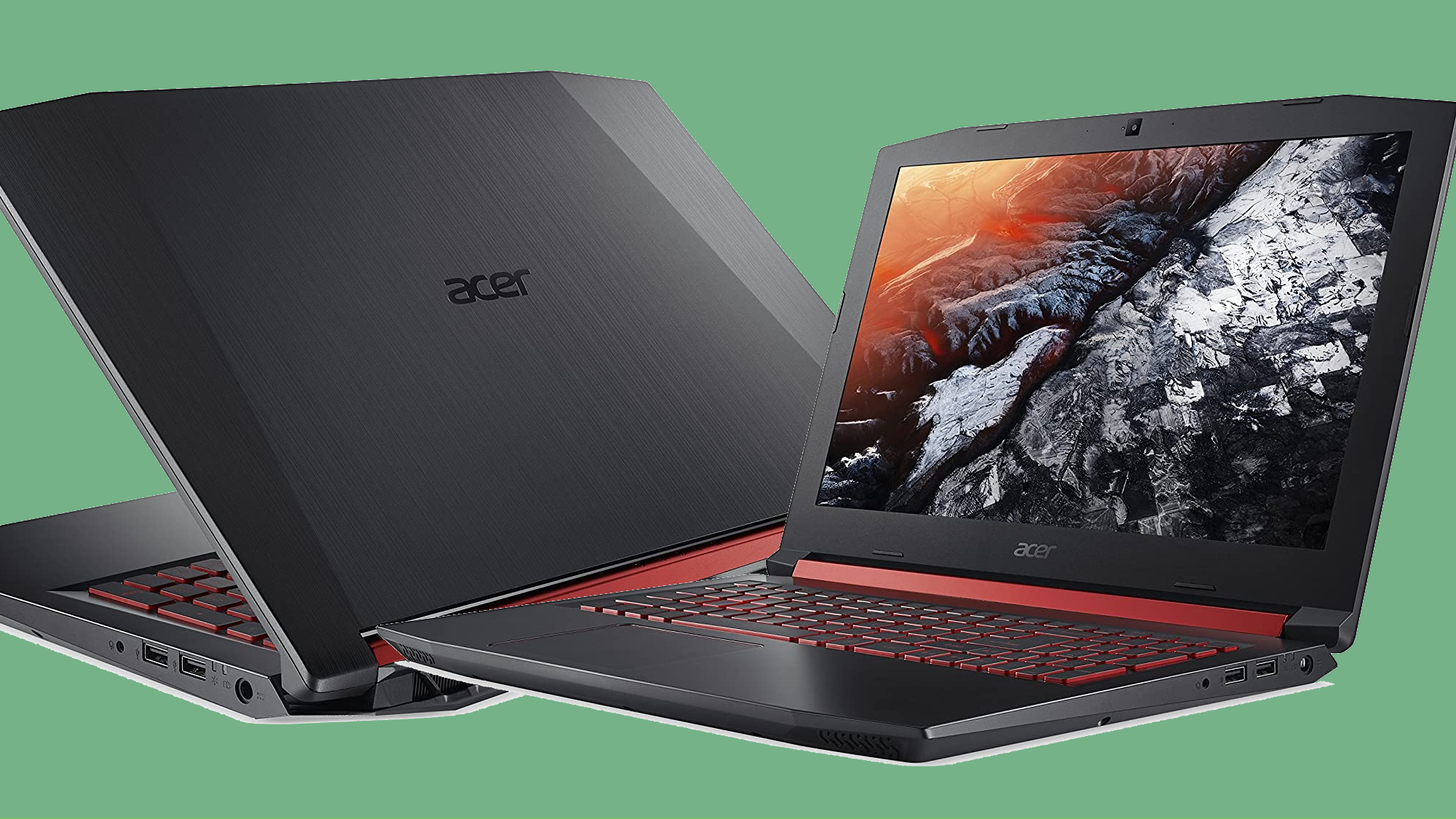
"What's the best laptop for crypto mining" is a question I often get as a crypto nerd and laptop reviewer. The best laptops for crypto mining have discrete GPUs with at least 4GB of VRAM, a thick chassis to make room for warm internals, and most importantly, highly effective cooling solutions. Mining generates a considerable amount of heat that can cause thermal throttling, a drop in hash rates (the computational power per second used for mining), and most concerning of all, damaged components. And no one wants that!
Laptops are typically compact, which hinders heat dissipation. Although svelte, slim laptops are highly requested by gamers, they’re not recommended for crypto mining. For example, I wouldn’t recommend the Asus ROG Zephyrus M GU502 because it climbed to a piping hot temperature of 150 degrees Fahrenheit on our gaming heat test. Whew! Mining on it — and other laptops that are prone to overheating — could ruin your system. As mentioned, you’ll need a roomy laptop with excellent thermal performance.
- Best gaming laptops of 2021
- Best laptops of 2021
- Laptops with the best battery life of 2021
Crypto mining risks
Although using a roomy laptop with excellent cooling is the most ideal scenario if you insist on mining crypto on a portable device, there are still some risks involved with laptop mining that you should be aware of.
- Increased wear-and-tear on your hardware. Mining requires your laptop to be continuously running for hours and hours on end, which can affect the lifespan of your system’s internals.
- Electricity. Laptops packed with powerful GPUs typically don’t have the best battery life, which means you’ll have to keep it plugged in all day. Consider how this affects your electricity bill. It may affect your profitability (unless you altruistically want to contribute your resources to a crypto blockchain, even if you’re operating at a loss, to help verify transactions and maintain its integrity).
- Environmental impact. Some cryptocurrencies like BTC are known to be taxing on the environment. According to data from TRG Datacenters, Bitcoin uses a whopping 707 kWH of energy per transaction. Dogecoin, on the other hand, is kinder to the environment with a rate of 0.12 kWH. Still, mining isn’t exactly environmentally friendly, so you may want to keep that in mind.
- GPU shortage and Nvidia’s crackdown. If you decide that you want to build a mining rig and secure a couple of GPUs, you should know that there is a shortage of graphics cards due to the skyrocketing popularity of crypto mining. Nvidia’s upset that all the crypto nerds are buying up all the GPUs, thwarting their main consumer base (gamers) from securing their products, so the gaming giant implemented crypto limiters on some graphics cards (e.g. RTX 3060 Ti, 3070 and 3080). This drastically reduces their mining performance.
- Some cryptos beget greater rewards than others. I wouldn't recommend mining Bitcoin on a laptop. Without getting too technical, in order to earn BTC rewards as a miner, you need to compete with other miners to solve complex cryptographic equations. As such, the Bitcoin network has a bias toward miners with the most powerful hardware. Bitcoin's difficulty rate for solving these puzzles has increased astronomically, making laptops less attractive for BTC mining. You can attempt it, but you'll earn peanuts. Consider mining DOGE, XRP and Shiba Inu.
What is the best laptop for crypto mining?
The best laptop for crypto mining is the 2020 Acer Nitro 5. According to our testing, the Nitro 5 is the only gaming laptop that managed to stay below 105 degrees Fahrenheit on our gaming heat test. On our non-gaming heat test, which involves playing a full HD video for 15 minutes, the Nitro 5 remained well below our 95-degree comfort threshold; its hottest temperature was a temperate 88 degrees.
The unit we analyzed for this heat test comes with a hexa-core Intel Core i7-9750H CPU, 16GB of RAM, and an Nvidia GeForce RTX 2060 GPU with 6GB of VRAM. Interestingly, if you peer into Nitro 5’s guts (the motherboard), Acer placed its dual fans on the top-left corner (fans are typically placed on opposite ends of the chassis), which some reviewers said might negatively affect cooling.
However, there’s a method to Acer’s madness. My theory is that Acer tested which area of the laptop generated the most heat; their analysis concluded that the upper-left region is the hottest. As such, Acer uniquely set both fans in that location. This arrangement benefitted the Acer Nitro 5 because, as mentioned, it is the only gaming laptop we’ve tested that did not surpass 105 degrees on our gaming heat test. Another advantage the Nitro 5 has is its all-plastic body, which may make it look and feel cheap, but it will take longer to scorch compared to its metal counterparts.
The best laptops for crypto mining
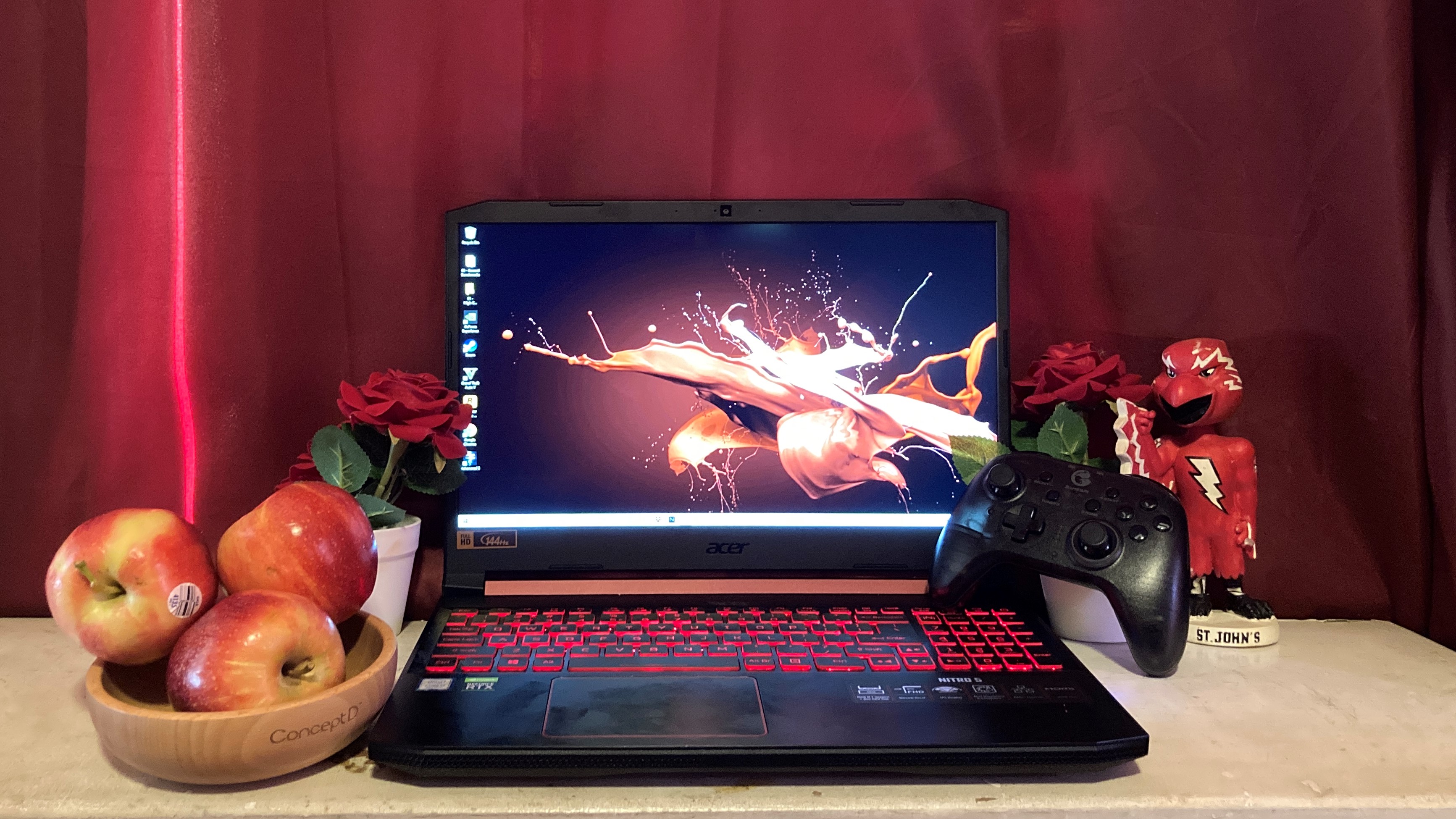
Acer Nitro 5 (2020)
Specifications
Reasons to buy
Reasons to avoid
The Acer Nitro 5 notched only 104.7 degrees on our gaming heat test, which is excellent compared to the other rigs we’ve tested. The average temperature of gaming laptops’ “hot spots” is a whopping 124.8 degrees. Whew! Thanks to Acer’s forward-thinking thermal engineering and all-plastic body, the Nitro 5 remained cool while its competitors could burn their owners’ fingers off. You can also control the fan speeds and enable cool boost via Acer’s NitroSense utility app. On top of that, the Nitro 5 has a one-inch thick chassis, giving it enough room to breathe.
The Nitro 5 is also reasonably priced for a gaming laptop at $1,029. Its battery life is more than seven hours, so you don’t need to keep the Nitro 5 plugged in all the time; you can give your outlet a break.
Check out our Acer Nitro 5 review.
Note: We recently reviewed the Acer Nitro 5 (2021), and it has top notch internals (Ryzen 9 5900HX CPU and RTX 3080 GPU), but our testing determined that it gets too hot for crypto mining.
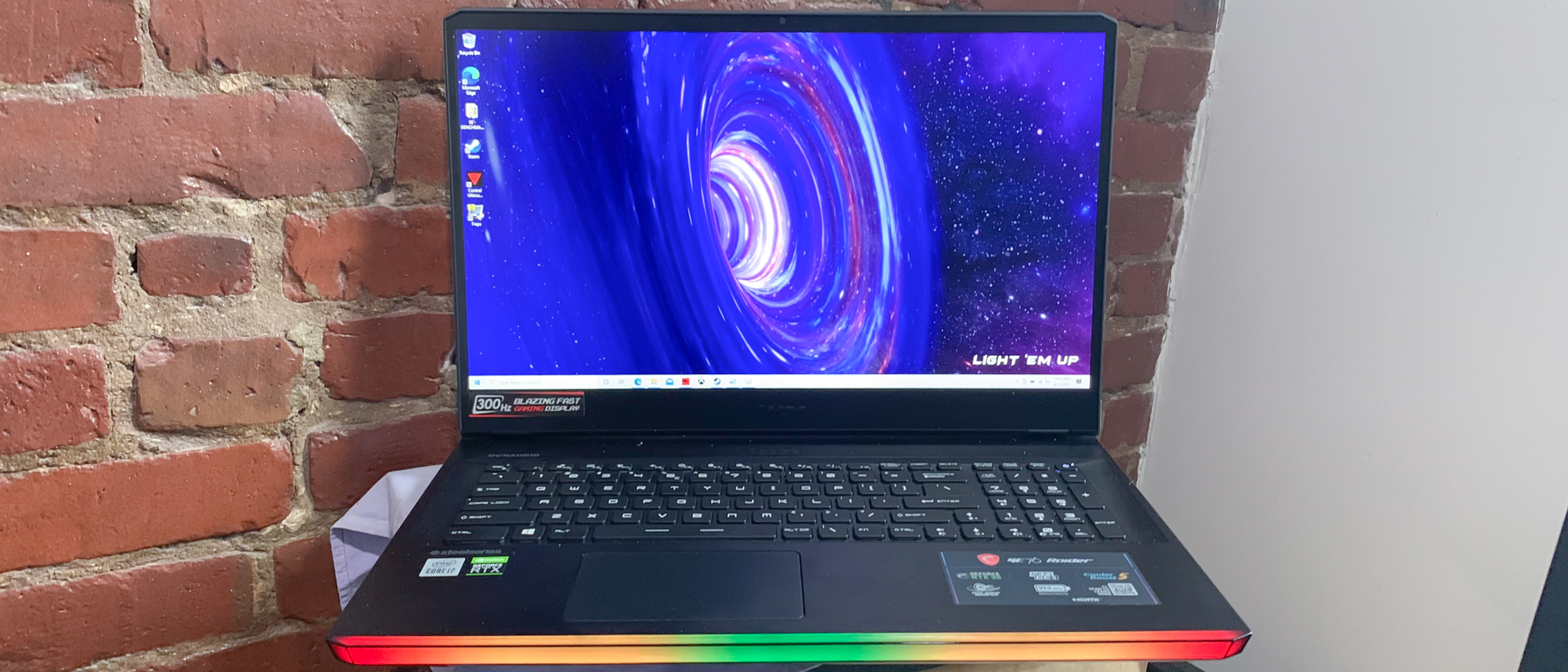
2. MSI GE76 Raider 10UH
Specifications
Reasons to buy
Reasons to avoid
For crypto miners who insist on getting an RTX 30-series laptop, the MSI GE76 Raider 10UH is their best bet. On our gaming test, the MSI GE76 Raider 10UH never surpassed 112 degrees. MSI said it packed the GE76 Raider 10UH with dedicated thermal solutions for the CPU and GPU with a new design: larger fans and heat pipes to ensure maximum performance under taxing activities.
You can use Dragon Center to change between different four pre-set performance profiles: Extreme Performance, Balance, Silent and Super Battery. As a cherry on top, the GE76 Raider 10UH is chunky, which we welcome in the crypto mining world. It’s 1.1 inches thick and weighs a whopping 6.4 pounds. Some downsides are that the GE76 Raider 10UH is pricey.
Check out our MSI GE76 Raider 10UH review.
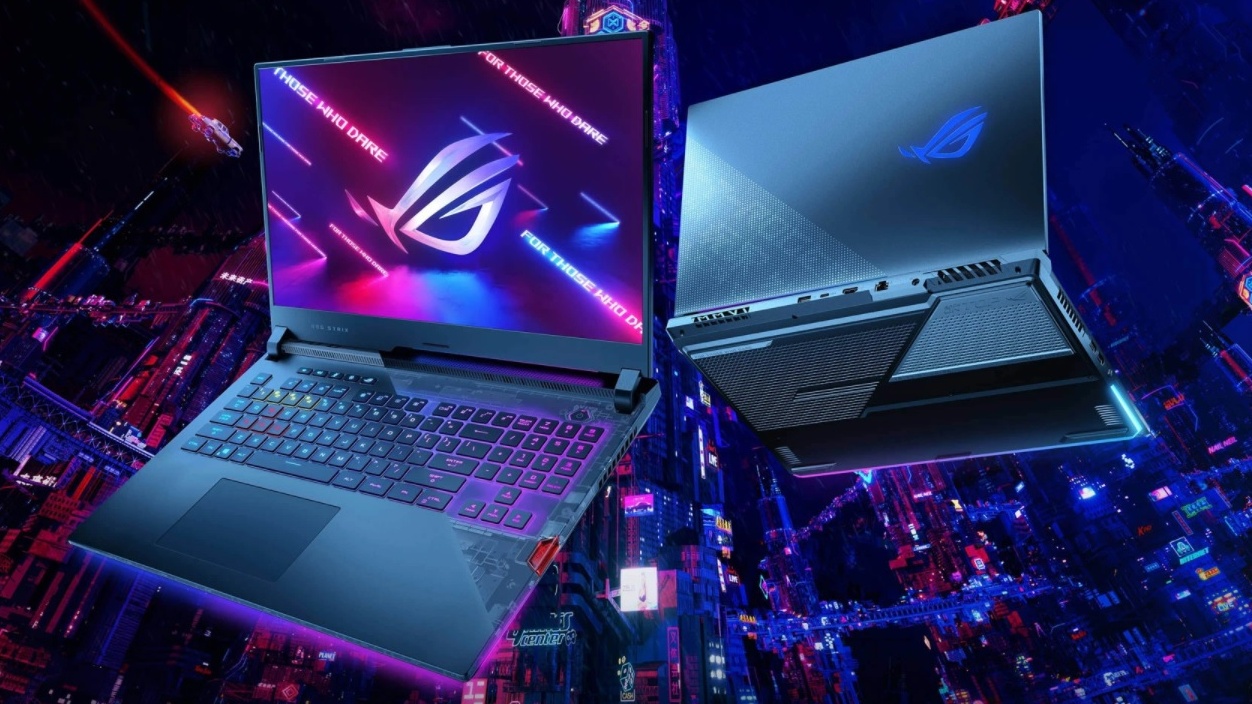
3. Asus ROG Strix SCAR 17 G733
Specifications
Reasons to buy
Reasons to avoid
If you want to generate as much crypto as you can, you'll appreciate the top-of-line internals featured in Asus' ROG Strix Scar 17. It's packed with an Nvidia GeForce RTX 3080 GPU, one of the most powerful mobile GPUs you can get. This means that the graphics card should be able to handle many of the complex, cryptographic calculations that'll get thrown at it to churn out greater crypto-mining profits.
The AMD Ryzen 9 5900HX CPU is beastly, too (some mining programs allow you to use the CPU). But what's even more incredible is the cooling. Typically, with such powerful components placed inside, laptops will overheat. Surprisingly, according to our heat testing, the ROG Strix Scar 17 only climbed to 113 degrees Fahrenheit. This is impressive. Other laptops with similar internals have climbed to 145 degrees.
On top of that, it is 1.08-inches thick, allowing the laptop to breathe. The only set back is its price. This laptop costs a pretty penny, but it has everything you'd ever want in a small crypto mining rig.
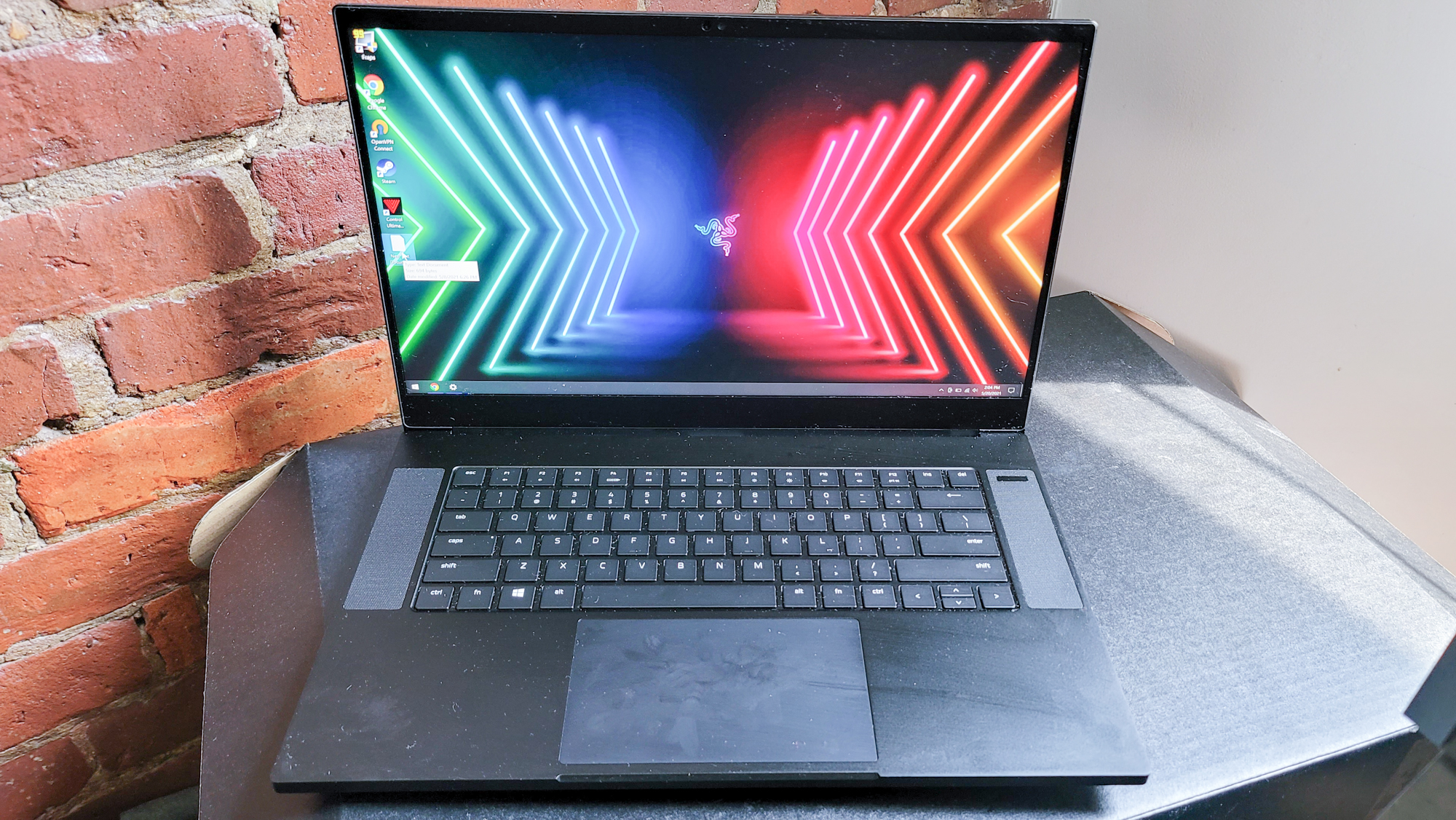
4. Razer Blade 15 Advanced Model (2021)
Specifications
Reasons to buy
Reasons to avoid
Despite the Blade 15 Advanced being slim and lightweight for a gaming laptop, Razer managed to keep it cool under pressure. According to our heat test, the hottest location on the Blade 15 Advanced didn’t surpass 114 degrees, which is well below our 125-degree average. Razer boasts that it uses cutting-edge materials for its vapor-chamber cooling technology. It efficiently dissipates heat through evaporation and condensation of an internal fluid, which helps the Blade 15 Advanced remain temperate with a thin profile.
Still, a roomy chassis is preferred for crypto mining laptops, so keep that in mind. The Blade 15 Advanced we tested — equipped with an Intel Core i7-10875H, 32GB of RAM, and an Nvidia GeForce RTX 3060 GPU with 16GB of VRAM — is impressive for laptop crypto mining.
Check out our Razer Blade 15 Advanced Model review.
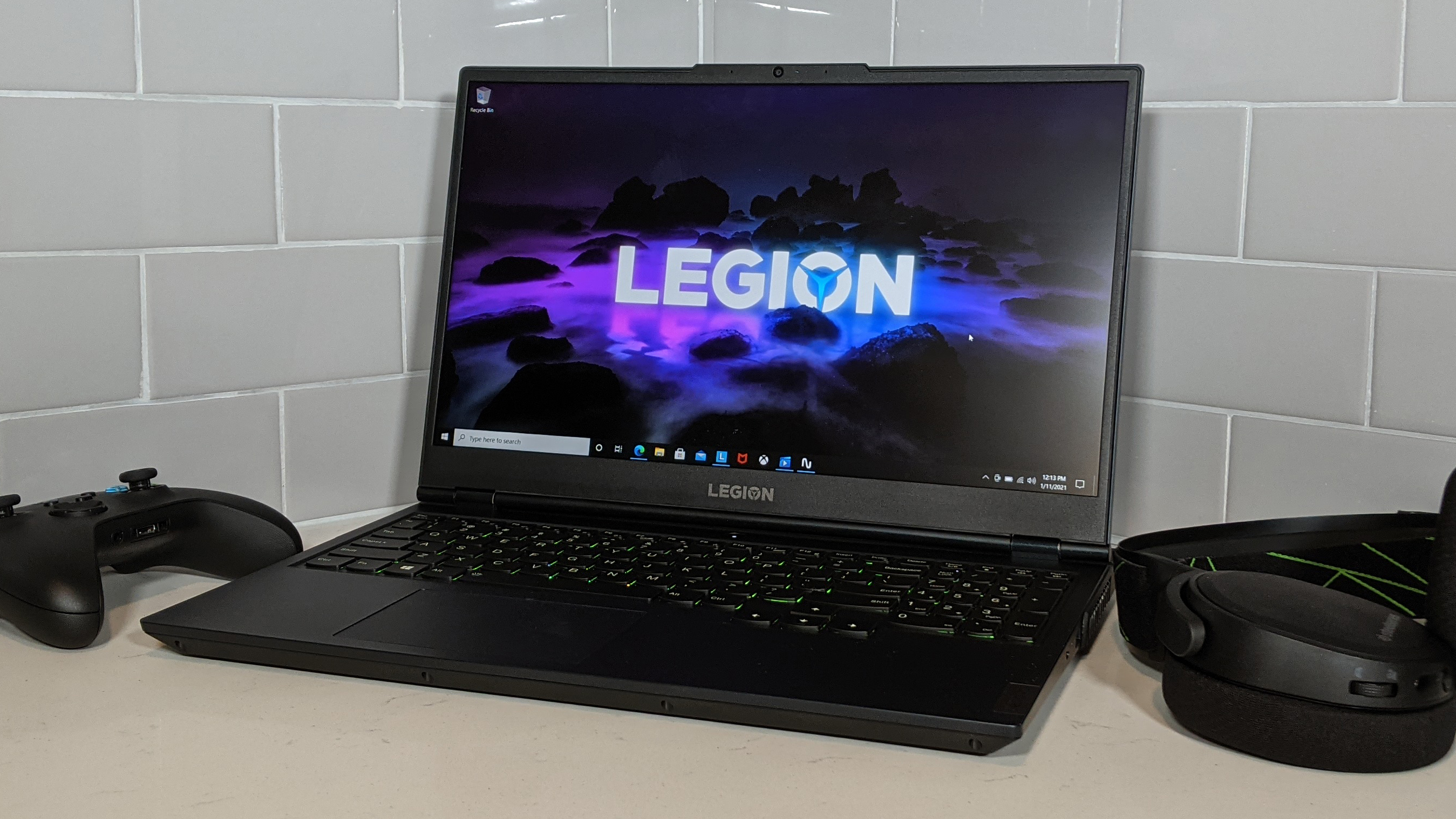
5. Lenovo Legion 7 (2020)
Specifications
Reasons to buy
Reasons to avoid
The Lenovo Legion 7 — packed with an Intel Core i7-10750H CPU, 16GB of RAM and an Nvidia GeForce GTX 2080 Super Max-Q GPU — is a decent gaming rig that won't break the bank. On our gaming test, the hottest location on the Lenovo Legion 7 didn’t exceed 117 degrees, hovering below our 125-degree average.
Check out our Lenovo Legion 7 (2020) review.
How to choose the best crypto mining laptop for you
Choosing the best crypto mining laptop is easier than shopping for a gaming rig. You don’t have to be concerned about bells and whistles like high refresh-rate displays, per-key RGB lighting and ray tracing. Your main concern should be choosing a system that mitigates the possibility of your internals getting cooked. Laptops are typically not recommended for cryptocurrency mining due to their compact profiles, but some companies have brilliant cooling solutions that keep the chassis temperate under pressure.
Other than choosing a laptop with excellent thermals, you should also consider purchasing a system with a roomy chassis. A laptop with 0.6 inches of thickness may be attractive for gamers and creative professionals who prefer a svelte powerhouse, but for crypto miners, who cares about appearance? The chunkier, the better as a larger chassis is a first line of defense against toasty components; search for laptops that are 0.9 inches thick or more.
The more powerful your GPU is, the more crypto you can earn each day. Better performing GPUs beget speedier hash rates. You should also consider battery life. If it only lasts one hour on a charge, you’ll have to keep it tethered to an outlet, constantly feeding it electricity.
How we test for the best crypto mining laptops
There is one crucial factor we inspected in order to curate this best crypto mining laptops list: heat. We have two benchmarks for heat: non-gaming and gaming. We decided to look at our gaming heat temperatures to see which laptops perform best under pressure.
On our gaming heat test, we put our laptops through five loops of the Metro: Exodus benchmark on the system’s native resolution using the Extreme preset. On the sixth run, we use an infrared thermometer to measure the rig’s touchpad, G/H keys (center of keyboard) and underside. Finally, we do a whole sweep of the laptop to discover its hottest location.
To test a laptop’s endurance, we employ the Laptop Mag Battery test, which surfs the web at 150 nits of brightness until the system runs out of power. Finally, we analyze the laptop’s dimensions to see if it’s roomy enough to endure hours and hours of mining.
Why trust Laptop Mag
Laptop Mag has been testing and reviewing laptops for over 20 years. We test over 150 models annually, subjecting them to a series of rigorous benchmarks that exposes how they would operate in the real world. The author of this best page has crypto mining experience.
Stay in the know with Laptop Mag
Get our in-depth reviews, helpful tips, great deals, and the biggest news stories delivered to your inbox.
Kimberly Gedeon, holding a Master's degree in International Journalism, launched her career as a journalist for MadameNoire's business beat in 2013. She loved translating stuffy stories about the economy, personal finance and investing into digestible, easy-to-understand, entertaining stories for young women of color. During her time on the business beat, she discovered her passion for tech as she dove into articles about tech entrepreneurship, the Consumer Electronics Show (CES) and the latest tablets. After eight years of freelancing, dabbling in a myriad of beats, she's finally found a home at Laptop Mag that accepts her as the crypto-addicted, virtual reality-loving, investing-focused, tech-fascinated nerd she is. Woot!

